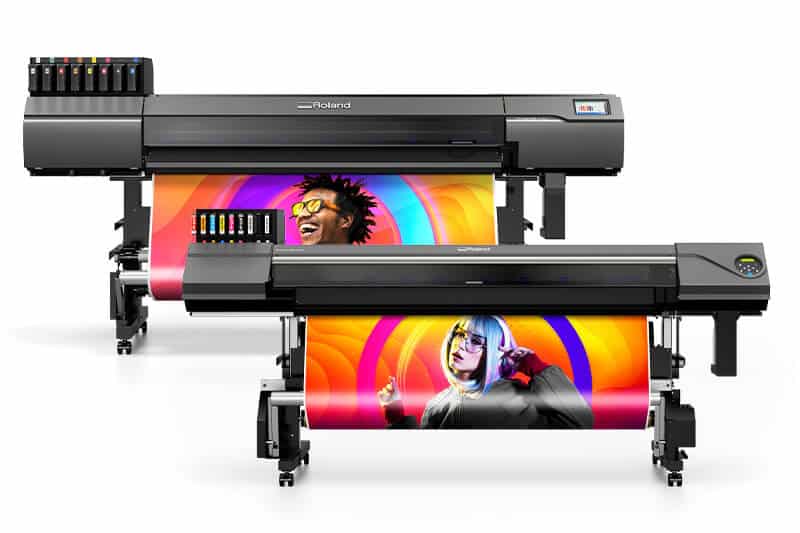Introduction
In today’s fast-paced world of business where first impressions and appearance are of utmost importance, there is an ever-growing demand for high-quality, aesthetically pleasing graphics and signage. This is where printer cutters step in.
This wide-format cutting machine with multiple capabilities is a versatile tool that incorporates the functionalities of both printing and cutting into a single ground-breaking machine that has, without any exaggeration, revolutionized the way businesses design and produce posters, banners, decals, and other large-scale graphics of varying sizes.
In this article, we will take a dive into the world of printer cutters, and explain the basic things about how they work, and where they are used, so that the readers can recognize the increasing importance of these machines and the advantages that they bring to those who use them.
How do printer cutters work?
As explained before, printer cutters are not machines that cut broken printers up and get them ready for recycling, but rather cutting machines with multiple capabilities, the most important of which are cutting and printing.
When the design is finished it gets sent to the printer cutter which then coordinates the printing and cutting of the design.
The printer then prints the design onto the chosen media, which might be a roll of vinyl, regular paper, or any other printable material. Upon finishing the printing, the machine then switches to its cutting mode where a blade, specially designed for precision cutting, accurately and precisely follows the outline of the design and cuts the desired graphic.
Having both of these steps done by a single machine greatly reduces the time it takes to finish a project or a product.
Not only do printer cutters save time and space, but they also use the most advanced technology available, like optical sensors and automated alignment systems, to minimize the risk of mistakes and ensure that the cutting is done with pinpoint accuracy.
The best printer cutters are equipped with other additional functions such as sublimation, heat transfer, and screen printing which allows the owner to do more with less equipment in a shorter span of time.
Where are printer cutters mostly used?
It would take a while to list every industry and business that uses printer cutters daily, so we decided to have a look at just a few of the industries where large-format graphics are required the most.
The advertising and signage industry has got to be mentioned first, as that is the industry that uses printer cutters the most. It uses them to produce banners, billboards, car wraps, and all sorts of promotional materials of various shapes and sizes. Printing and cutting on demand with just one machine makes printer cutters indispensable in this industry.
The apparel and textiles industry is another one that has been greatly changed for the better with the development of printer cutters. Within this industry, printer cutters are most often used to create heat transfer graphics for garments and fabric decals. The customization that laser cutters provide is invaluable for the industry and it would be very hard to imagine the textile industry without printer cutters these days.
The retail environment and its point-of-purchase displays are another area where printer cutters have made a name for themselves as the vibrant and intricate graphics that can be created with ease by these machines have created some of the most eye-catching display and signage that’s used at both storefronts and trade shows alike.
Before the printer cutter
Before the advent of the printer cutter, individuals and businesses would either manually cut their designs or use a separate printer and a cutting machine.
Manual cutting was the standard and most cost-effective method of cutting large-scale graphics. Utility knives, scissors, and rotary cutters were most often used to cut the printed materials in desired shapes and sizes. This was a very time-consuming method that required reliable and skilled labour, and as such couldn’t compete with other quicker and more reliable methods.
With the development of printing and cutting machines, these machines began being used by businesses to separately cut and print the materials. This method was a great upgrade compared to manual cutting, but it requires additional space, setup, and coordination between different machines, which is why the printer cutter managed to take over completely.
Conclusion
Printer cutters are machines that combine functionalities of both printing and cutting into a single machine that has all but revolutionized the production of large-format graphics. They are used by numerous industries to create and cut the most intricate and visually stunning banners, posters, billboards, and other large scale graphics at a never before seen pace and scale. With the further advance of technology, it’s certain that printer cutters will continue developing and reshaping the world of large scale graphics with even more functionalities and capabilities.



